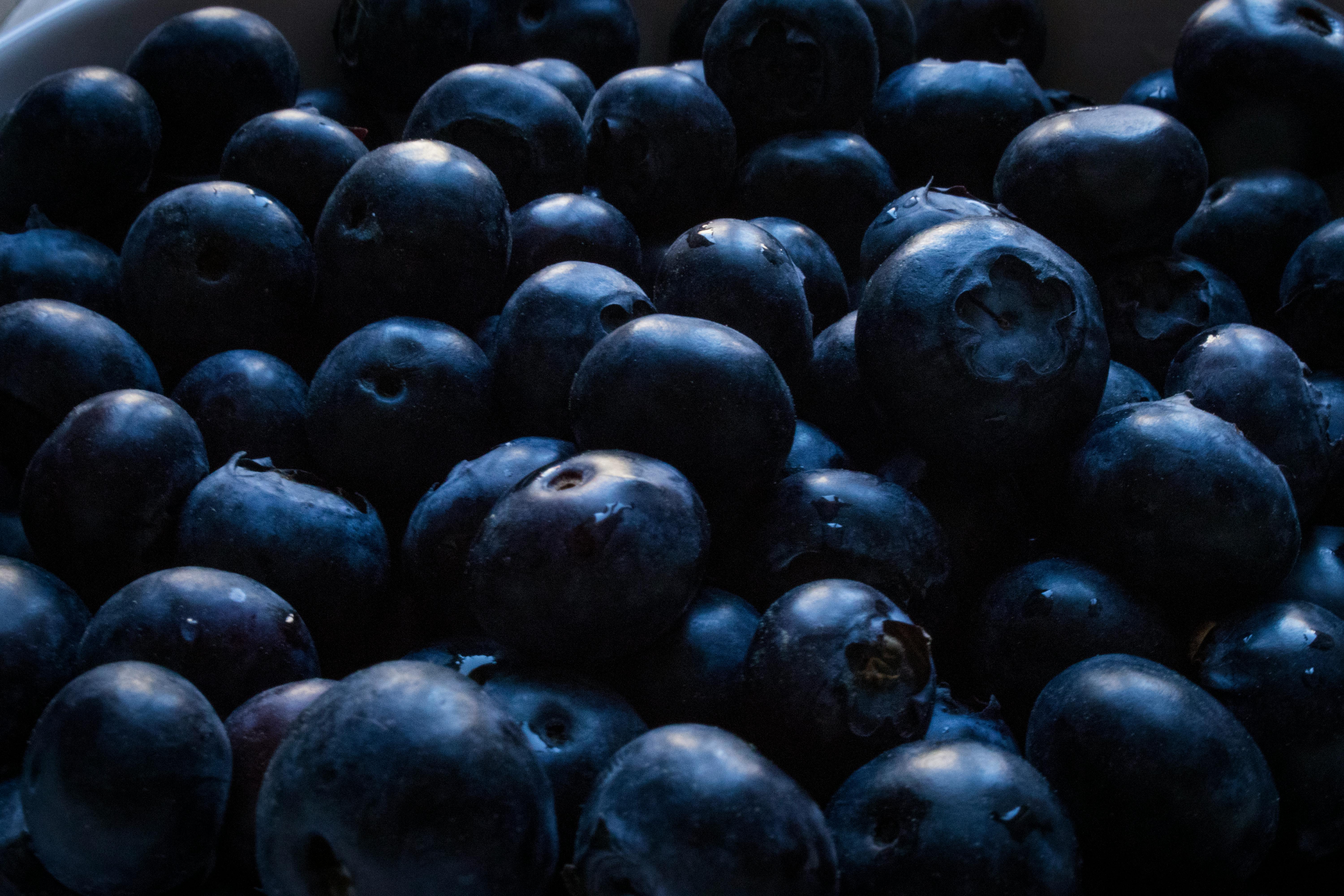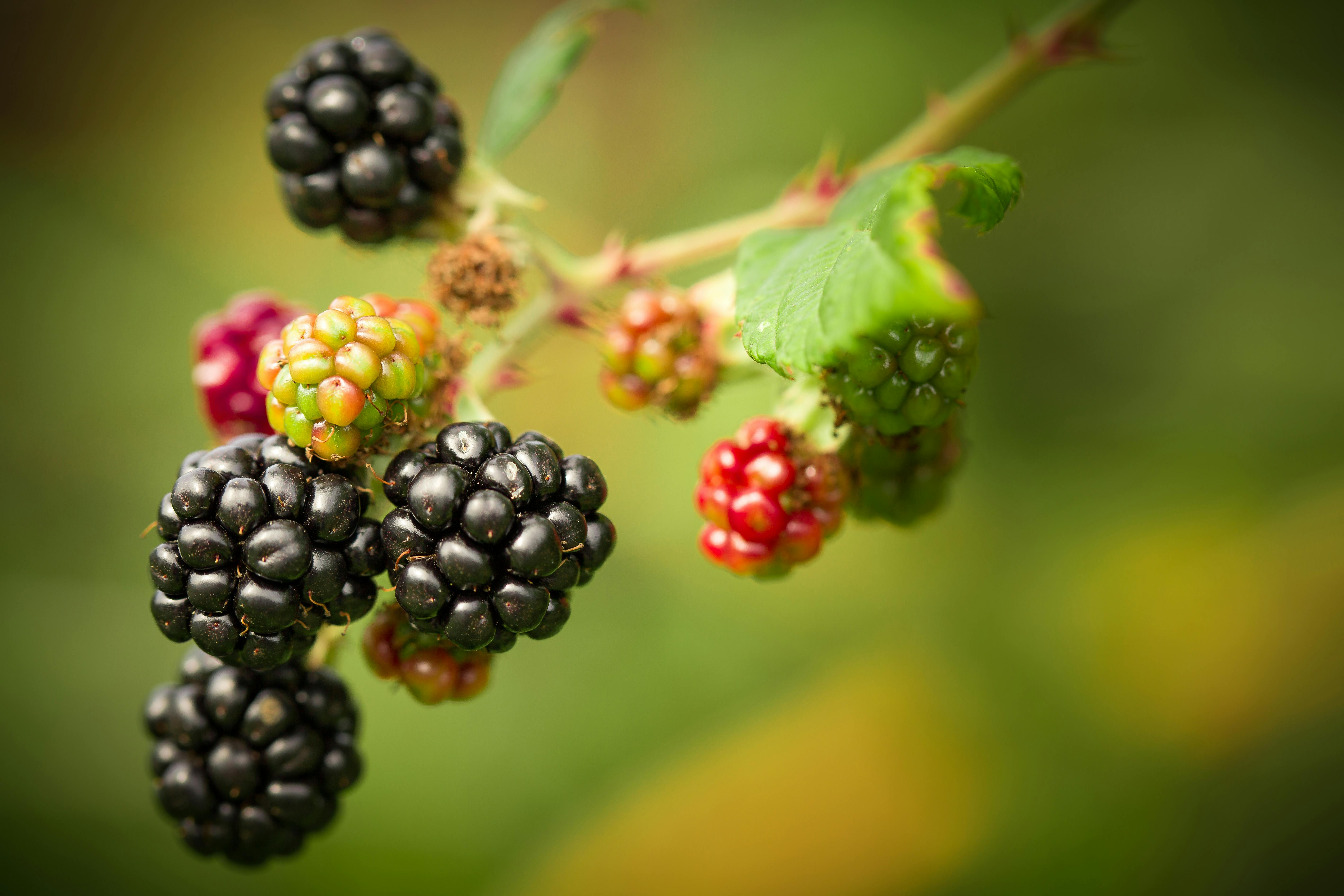Blueberries are a delicious and nutritious fruit that can be grown in Florida. While blueberry bushes may not be native to Florida, with the right conditions, they can be successfully grown in the Sunshine State. With proper preparation and care, you can start enjoying your own home-grown blueberries in no time. In this guide, we’ll explain how to grow blueberries in Florida.When choosing plants for growing blueberries in Florida, it is important to consider the type of blueberry that will do best in the climate and soil of your area. For most of the State, rabbiteye blueberries are recommended, as they are well-adapted to hot and humid conditions. Look for varieties such as Powderblue, Brightwell, Climax, and Premier. These will give good yields and have excellent flavor. Plant in well-drained soil with a pH range between 4.5 and 5.5. Make sure to provide adequate irrigation during dry spells and fertilize regularly with an acid fertilizer like ammonium sulfate or cottonseed meal. Also consider planting companion plants such as azaleas or rhododendrons nearby to create a more pleasing landscape design. With the right care and attention, you can successfully grow delicious blueberries in Florida!
Preparing the Soil for Growing Blueberries in Florida
Growing blueberries in Florida is a rewarding experience, and with the right soil, you can have a bountiful harvest. Preparing the soil is one of the most important steps to successful blueberry cultivation. The soil must be well-drained and acidic, with a pH between 4.5 and 5.5. To achieve this, you should mix peat moss or sulfur into the ground before planting. You can also use pine needles or oak leaves as mulch to keep the soil acidified and promote drainage. It is important to test the pH levels of your soil beforehand so that you can adjust accordingly if needed.
The soil should also be full of organic matter to provide nutrients for your blueberry plants. Composted manure or leaf mold can be added to the soil prior to planting, as these materials will help improve its structure and fertility. If adding composted manure, do not use too much as it may raise pH levels too high. You should also add a balanced fertilizer such as 10-10-10 during planting season and again after flowering in order to feed your plants adequately throughout their growing season.
When preparing your soil for blueberries, make sure it is free from weeds and disease by removing any existing vegetation from your planting site before tilling or digging up the area. It is also important to remove any rocks or stones that may impede drainage. If you are using container pots for growing your blueberries, make sure they are large enough so that there is plenty of room for roots to grow freely without becoming overcrowded.
With proper preparation of the soil, you will be able to enjoy an abundant harvest of delicious blueberries come harvest time!
Planting Blueberry Bushes in Florida
Planting blueberry bushes in Florida is a great way to add a unique and flavorful fruit to your garden. Blueberries thrive in warm climates, so this state is a great place for them to grow. When you’re ready to plant, make sure the soil is well-draining and rich in organic matter. Digging holes that are twice as wide as the plant’s root ball and just deep enough to cover the roots will provide the best environment for your new blueberry bushes. After planting, water your plants deeply and mulch around them with an organic material like straw or wood chips. This will help keep weeds at bay and retain moisture in the soil.
Caring for Blueberry Bushes in Florida
Caring for blueberry bushes in Florida requires some extra attention due to the warm climate. Make sure you water your blueberry plants regularly; they need about one inch of water a week during growing season and more during periods of high heat or drought. Pruning your plants can also help them stay healthy; remove any dead or diseased branches, as well as any suckers that may develop at the base of the plant. Fertilizing on a regular basis is also important; use an acidifying fertilizer specifically designed for blueberries at least once per year. Finally, make sure you protect your plants from pests like birds or animals that may try to eat your ripe berries before you do!
Watering Requirements for Growing Blueberries in Florida
Blueberries are a popular fruit in Florida and are easy to grow. They require a lot of water to remain healthy and productive. In general, blueberry plants need at least one inch of water per week, but during hot weather they may need more than this. It is important to water the plants deeply and evenly, so that all of the roots are getting adequate moisture. The best way to water blueberry plants is with a drip or trickle irrigation system so that the roots can absorb the moisture over a longer period of time. If you are using an overhead sprinkler system, it is best to do it early in the morning when temperatures are cooler and there is less wind. During times of drought, it is especially important to make sure your blueberry plants are getting enough water. If the soil becomes too dry, it can cause stress on the plant and reduce yields significantly.
The Best Time of Year to Plant Blueberries in Florida
Blueberries are a delicious and nutritious treat for any garden. They thrive in Florida’s warm climate and can be grown in many different parts of the state. Knowing when to plant blueberries in Florida is key to getting the most out of your crop. The best time of year to plant blueberries in Florida is during the winter months, from November through February.
The winter months are the best for planting blueberries because they provide the most moderate temperatures and ample moisture for plants to grow. This allows roots to establish quickly and plants to become well-established before summer heat arrives. During these months, blueberry bushes can begin setting new flower buds that will produce fruit later in the year. When planted at this time, blueberry bushes can survive summer heat with less stress than if planted in spring or early summer.
When planting blueberries, it is important to choose a location that is well-drained with acidic soil and plenty of sun exposure. While blueberries do need regular watering, too much water or standing water can cause root rot or other diseases. It is also important to prepare the soil by adding organic matter such as compost or aged manure before planting. This will help provide nutrients and beneficial organisms that will help protect your plants from disease and pests.
Once your plants are established, be sure to prune them regularly for optimal growth and production of fruit. Pruning encourages healthy growth by removing weak branches or overcrowded areas that shade fruit-bearing branches from direct sunlight. Pruning also helps shape bushes into an attractive form, making it easier to harvest berries when they ripen later in the season.
By following these tips and planting your blueberry bushes during the winter months, you can ensure a healthy crop that will produce delicious blueberries for years to come!

Fertilizing Blueberry Bushes in Florida
Fertilizing blueberry bushes in Florida is an important part of ensuring that the plants grow healthy and produce a large crop of berries. Blueberries require specific nutrients for optimal growth, and fertilizers provide these nutrients in the right balance. When fertilizing blueberry bushes, it is important to understand the type of fertilizer to use and when to apply it. In Florida, there are several types of fertilizer that can be used for blueberries, including organic and synthetic fertilizers.
Organic fertilizers are made from natural materials such as animal manure or composted plant material. Organic fertilizers release nutrients slowly over time, making them ideal for blueberries in Florida because they provide a steady supply of nutrients throughout the growing season. They also contain beneficial microbes that help create healthy soil for better root development and nutrient uptake.
Synthetic fertilizers are made from chemicals and minerals, such as nitrogen, phosphorus, and potassium. Synthetic fertilizers can be more quickly absorbed by plants than organic ones, but they can also cause problems if not used correctly. Synthetic fertilizers should be applied at half strength or less than recommended on the package so as not to burn the roots of the plants.
When applying fertilizer to blueberry bushes in Florida, it is important to do so at the right times throughout the year. Fertilizer should be applied once before new growth emerges in early spring and again after harvest in late summer or early fall. Applying too much fertilizer at once can cause root burn or other damage to the plants, so it is important to follow recommended rates when applying fertilizer to blueberry bushes in Florida.
Pruning and Training Blueberry Bushes in Florida
Pruning and training blueberry bushes in Florida is an important part of the growing process. Pruning helps to maintain the size and shape of the bush, as well as stimulate new growth. Proper pruning also helps to promote better fruit production, as it increases the amount of sunlight that reaches the fruit-bearing branches. The ideal time for pruning blueberry bushes in Florida is during late winter or early spring, when they are still in a dormant state.
When pruning blueberries, it is important to remove any dead or diseased branches first. This will help prevent the spread of disease throughout the plant. Afterward, remove any old woody growth that is no longer producing fruit, as this will help increase airflow around the foliage and allow for better light penetration. When removing branches from below the crown (the base of the bush), it is best to leave at least four to five inches of space between each branch to allow for adequate light and air circulation.
In addition to pruning, training is also necessary when growing blueberries in Florida. Training involves staking and tying up branches so they can be supported while they grow taller and stronger over time. This process will help ensure that your blueberry bushes receive an adequate amount of sunlight and have enough support for their fruit-bearing branches. It is especially important to train young blueberry plants so that their stems do not become weak or bend over due to excessive weight from fruits or flowers.
Pruning and training are essential practices when growing blueberries in Florida, as they help ensure healthy growth and optimal fruit production throughout the season. With proper care and maintenance, a single bush can produce an abundance of delicious fruits each year!
Diseases Affecting Blueberry Plants in Florida
Blueberry plants in Florida are susceptible to a wide range of diseases. Botrytis blight, or gray mold, is one of the most common diseases affecting blueberry plants and is caused by the fungus Botrytis cinerea. The disease can cause infected stems to die back, and can lead to significant defoliation of infected plants if left untreated. Leaf spot diseases are also common, caused by various fungi such as Cercospora spp. and Phyllosticta spp. These fungi can cause dark spots on leaves that may eventually turn yellow or brown, leading to defoliation of affected parts. Anthracnose is another fungal disease that can cause defoliation and stem dieback in blueberries if left untreated.
Pests Affecting Blueberry Plants in Florida
Blueberry plants may also be affected by a variety of insect pests. Aphids are small sucking insects that feed on the sap of blueberry plants, causing leaves to yellow and curl. Spider mites are tiny arachnids that feed on the underside of leaves, leading to stippling and discoloration. The fruitworm moth (Grapholita molesta) is a serious pest of blueberries in Florida; its larvae feed on developing berries, resulting in misshapen fruits with scarring or holes. Other pests affecting blueberries include leafrollers, scales, whiteflies, thrips, and mealybugs.

Conclusion
Growing blueberries in Florida is a rewarding experience that can provide you with an abundant harvest of delicious berries. With the proper planting, soil preparation, fertilization, and pruning techniques, you can ensure that your plants will reach their maximum potential. Additionally, by taking preventive measures such as protecting your plants from pests and diseases, you can further ensure that your blueberry plants will remain healthy and productive. With the right knowledge and effort, anyone can be successful in growing healthy blueberry plants in Florida.
Overall, growing blueberries in Florida is a great way to add flavor to your meals while helping to support the local environment. By taking the time to learn about the necessary steps for successful cultivation and implementing these steps into your gardening practices, you can easily enjoy a bountiful harvest of delicious berries each year.



